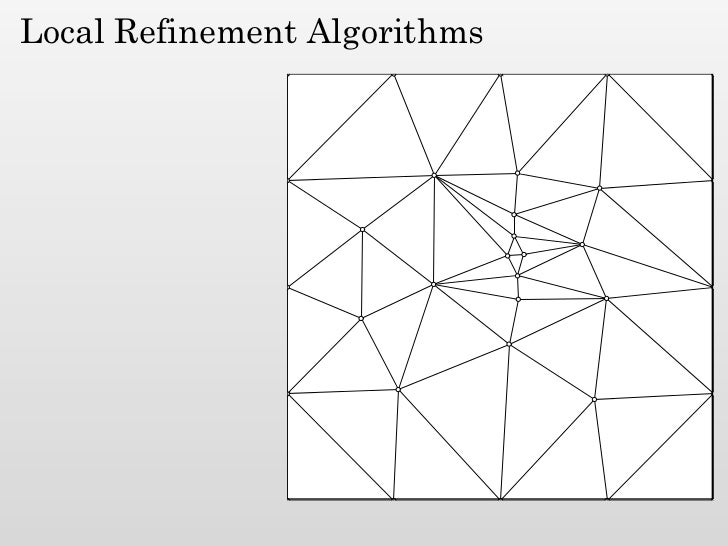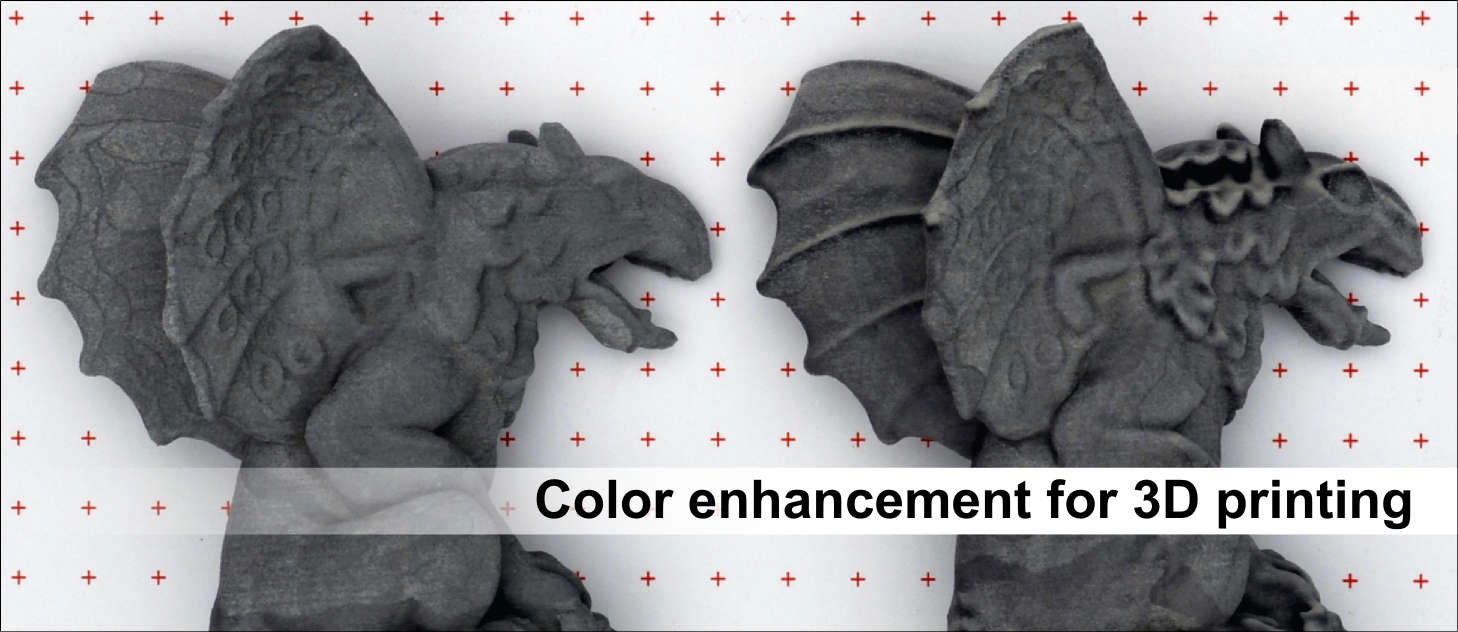

Points at the neighboring layers are arranged into threes, constituting triangular facets for the STL file. The lateral surface of the considered structure is discretized.If differences between slices are found, numbering of points in non‐matching curves (and thus, orientation) is reversed. Orientation (i.e., the direction determined by the increasing indices of points with relation to the interior/exterior of the curve) of each curve is determined.Renumeration starts at point 0, slice 0 (slice with the lowest z coordinate). Numbers of points in each slice (curve) are re‐arranged in such a way, that the starting points (points with indices 0) are the closest points between the subsequent slices.Cartesian coordinates of each of the points in each slice are extracted and stored within dedicated data structures.

The number of points in each slice is determined.The number of slices (2D contours) constituting the specified structure is determined.No python packages are required, however it is more easily implemented with numpy.
#Identify contour in mesh meshlab software#
There is a very neat paper titled "Technical Note: an algorithm and software for conversion of radiotherapy contour‐sequence data to ready‐to‐print 3D structures" in the Journal of Medical Physics that describes this problem quite nicely.
#Identify contour in mesh meshlab code#
If there is a good way of doing this that isn't coded yet, I promise to code it and make it available for people in my situation :) Thank you in advance for any help, it is appreciated. I'm also starting to consider that maybe I can interpolate intermediate contours between slices, and fill the contours on the top and bottom with vertices to make the data a bit more "pivot ball" method friendly. Does anyone have any ideas? I've had a bit of a look into VTK and ITK but haven't found exactly what I'm looking for as of yet. There are non-python solutions (like MeshLab) that may well solve these problems, but I require a python solution. Given that my data is a list of closed-loop planar contours, it seems as though there must be some simple solution to just "joining" adjacent slice contours into one big 3d mesh. I may have missed the answer somewhere along the line. Explored other modules like PyMesh, TriMesh, TetGen, Scikit-Geometry, Shapely etc.There are two PyBind implementations of CGAL however they have not incorporated the 3D triangulation libraries from CGAL.SWIG is not very good, the implementation of CGAL using SWIG is also not very good. I cannot get this to work for the life of me.The Poisson reconstruction method smooths out the volume too much and I no longer have an accurate representation of the volume.It has particular problems at the top and bottom slices where there tends to be large gaps in the middle (i.e. The rolling ball (pivot) method can only get 75% of the mesh completed and leaves large areas incomplete (despite a range of ball sizes).

Repeat for n slices, end up with an enclosed 3D triangular mesh. I don't want them to be smoothed out such that the volume begins to change shape, but linear interpolation between the layers is fine).

I have a 3D point cloud (an array of (n,3) vertices), in which I am trying to generate a 3D triangular mesh from.


 0 kommentar(er)
0 kommentar(er)
